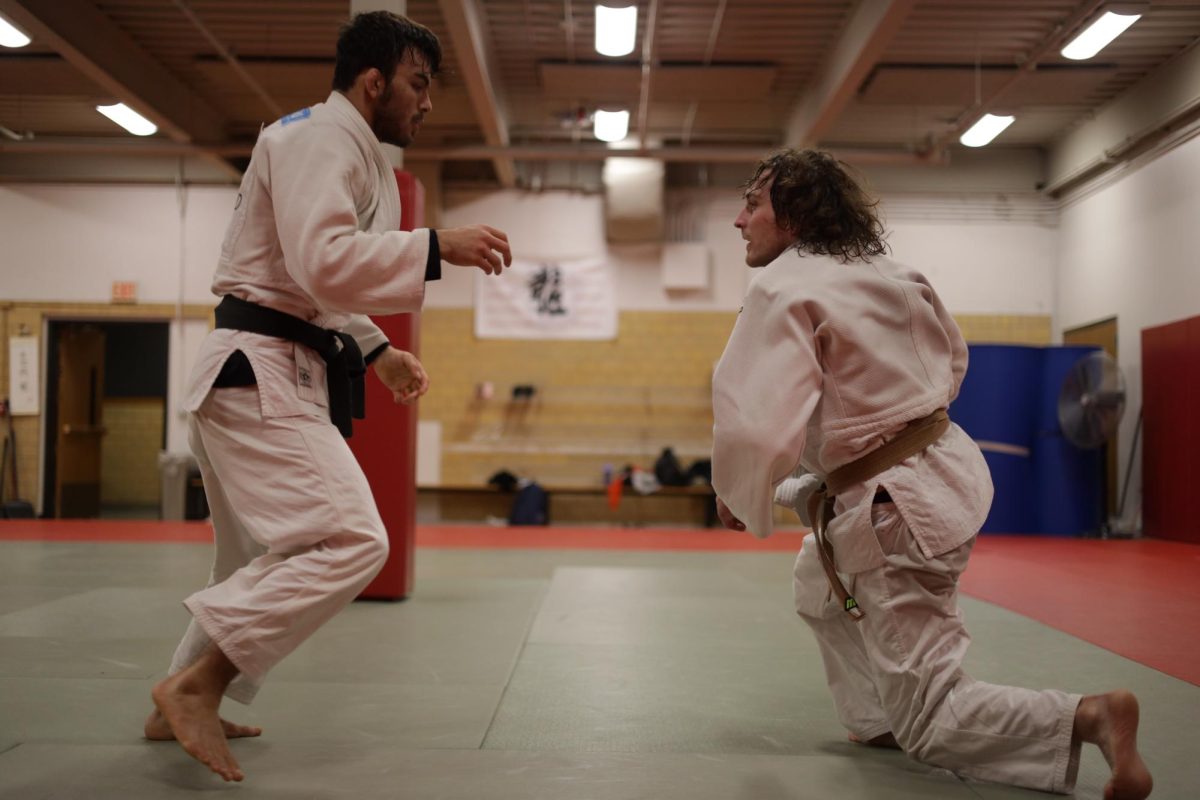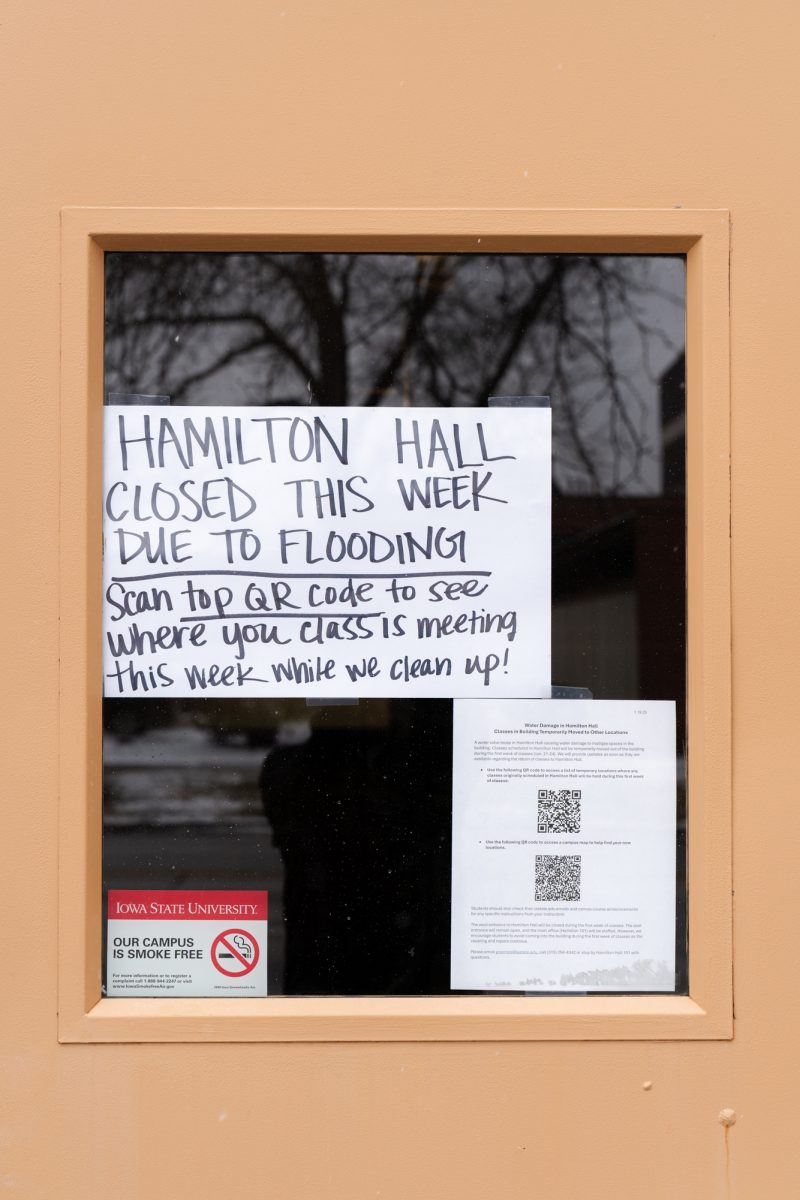Veishea’s future up in air after Sunday destruction
April 18, 2004
Sunday morning’s riot has called into question how Veishea will be celebrated in the future — or if it will even take place at all.
At a press conference Sunday, ISU President Gregory Geoffroy said an investigation into the night’s events will be launched to try to determine what caused the riots.
“That kind of behavior is not what Veishea is supposed to be about, and we simply can’t tolerate that kind of violence and destruction,” he said.
Geoffroy said the university will “seriously have to address the future of Veishea, including a consideration of whether it should continue.”
Providing more entertainment and more of a police presence were also listed as possibilities for preventing future riots by university officials Sunday.
Geoffroy said it was likely a final decision on Veishea’s fate would not be made until the fall.
The future of Veishea has been in limbo before.
After the 1997 Veishea, in which Harold “Uri” Sellers was found stabbed to death on the lawn of Adelante fraternity, the celebration was examined by a task force put together by then-ISU President Martin Jischke. Following a recommendation by the task force, Jischke gave students the choice of beginning a dry Veishea or ending the celebration. Student governing bodies voted to support a dry Veishea.
In 1998, Veishea citations and arrests declined significantly from the previous year.
“Those changes had appeared to work because we’ve had six straight years of very successful Veisheas,” Geoffroy said. “But that all changed this morning.”
Vice President for Student Affairs Thomas Hill said more information will need to be gathered before any decisions on Veishea’s future can be made.
“We don’t know all of the information, and we desperately need to gather information,” he said. “What caused the situation? If someone can tell me that, I think we have a start.”
Hill said investigations will be made into the circumstances surrounding the 30-plus arrests made and a large party police broke up on Hunt Street. Ames Police Chief Loras Jaeger said the riots began after Ames police attempted to break up the party following a citizen’s complaint.
Hill said the role alcohol played in the riots is not entirely clear.
“We don’t know if alcohol was the cause — a contributing factor, but not necessarily the cause,” he said.
Hill said the outcome of the investigation will determine the university’s next step. He said a decision to end Veishea would not be made without extensive input from the university community, including faculty and students, although ultimately the decision will lie with Geoffroy.
Opinions on what the riot will spell for Veishea were mixed.
“I think [Veishea] is done,” said Tim Zmolek, owner of People’s Bar and Grill, 2428 Lincoln Way. “I don’t see any way around it. I’d be highly surprised if the administration decides to continue it.”
Vernon Wall, assistant dean of students, said he was not ready to say the disturbance would mean the end of Veishea.
“I really [bet] this is a disturbance that happened to happen during Veishea,” he said.
Despite the riots, both community officials and student leaders stressed the overall success of this year’s event.
Jaeger said prior to the riot, Ames police had driven through the area and “found it to be very peaceful and very joyous.”
Jaeger said police officers had been amicably chatting with students.
“I honestly felt we were going to have another successful Veishea,” he said.
— Jason Noble, Tom Barton and P. Kim Bui contributed to this article






